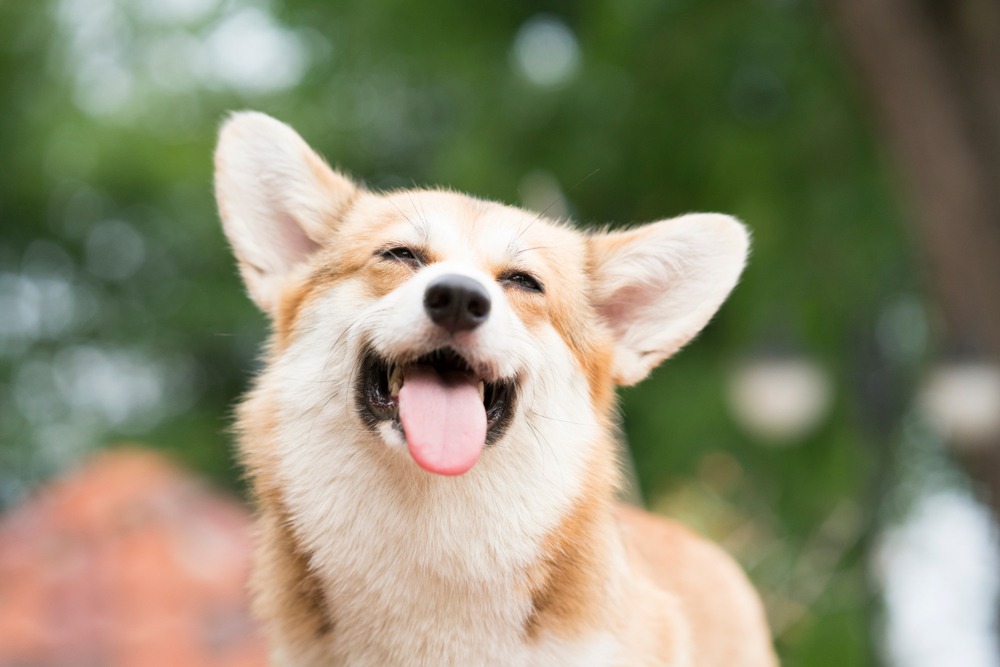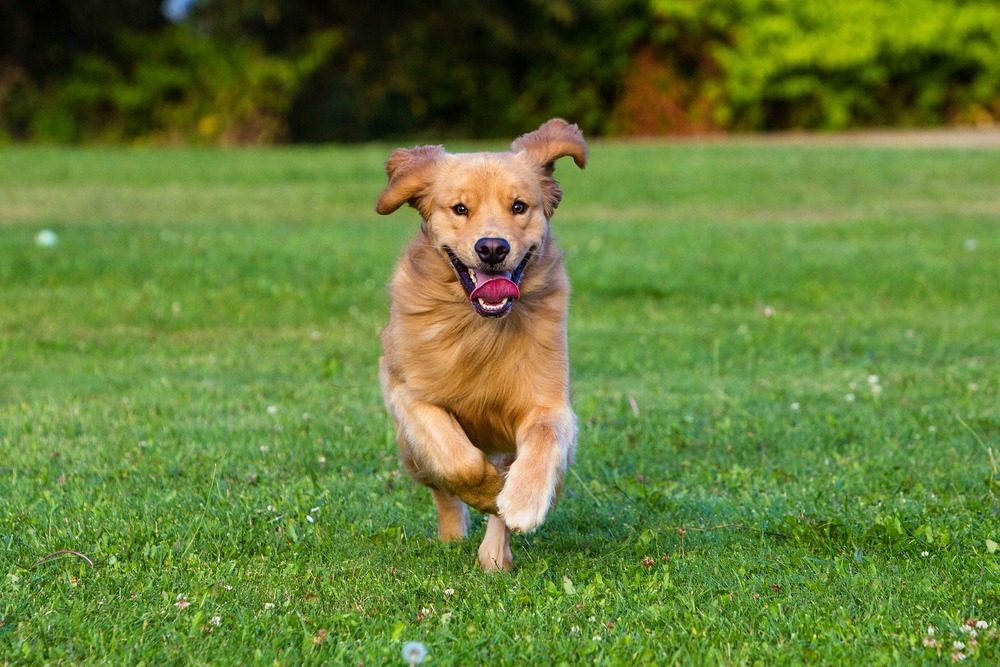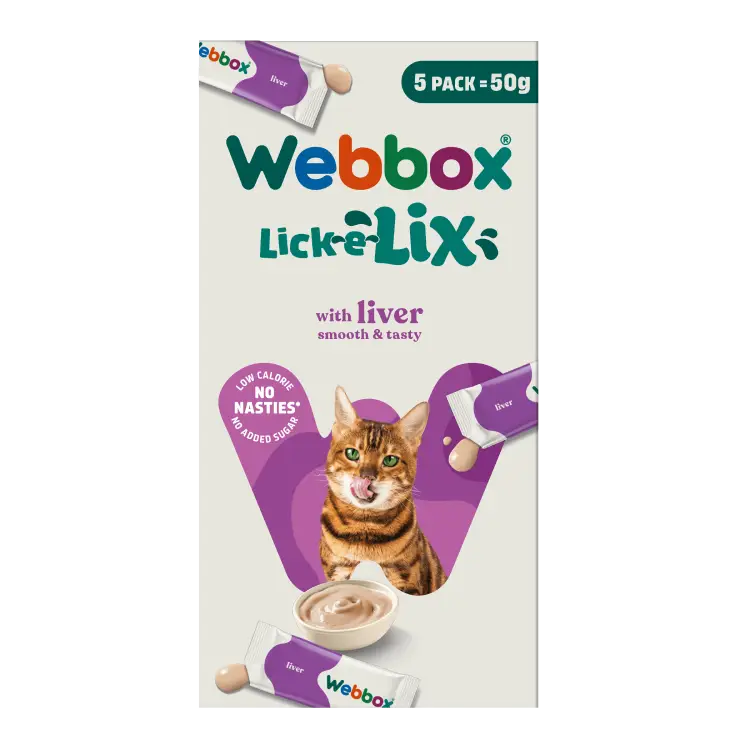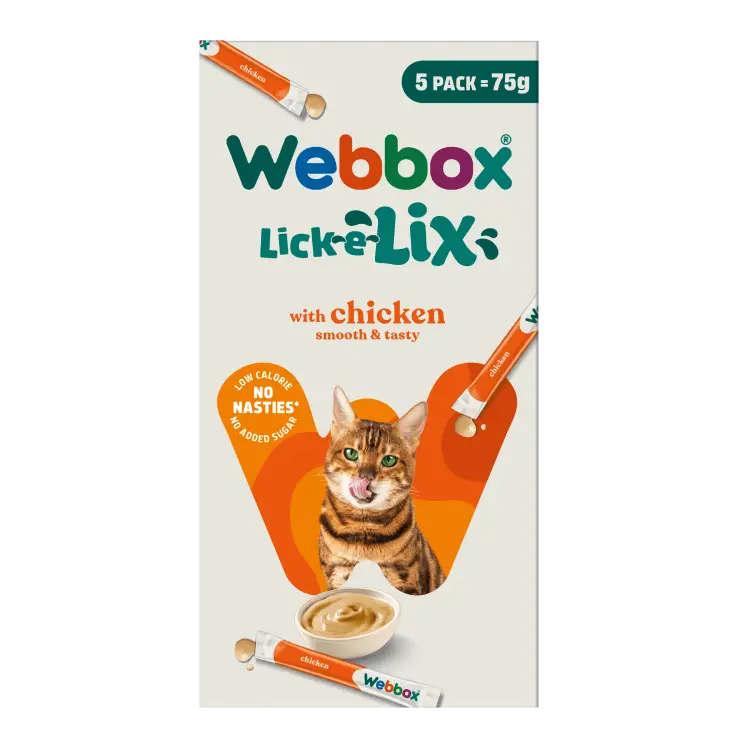
Obesity is a preventable nutritional disease in dogs defined by an excess of body fat. Primarily caused by eating too much while not exercising, it can lead to serious health issues, increased veterinary costs and a reduced quality of life.
Dogs of all ages and breeds are at risk of becoming obese and, as an owner, it’s your responsibility to prevent obesity by monitoring your dog’s weight and sticking to a nutritional feeding routine. This handy guide has all the dog obesity information you’ll need to keep your dog happy and healthy.

What causes obesity in dogs?
There are many factors that can lead to dog obesity, including environment, physiology, surgery, medications and diseases. One of the main causes is overfeeding, where owners let their dog eat table scraps, high-fat foods, too many treats and an excessive number of meals. Another contributing factor is a lack of exercise, with indoor pets at a higher risk of developing obesity due to their sedentary lifestyle.
The physiology of a dog will also determine their likelihood of developing obesity, as some breeds have a genetic predisposition to weight gain. Terrier breeds, spaniels, pugs, daschunds, beagles and labrador retrievers are all prone to obesity, while poodles, keeshonds and miniature schnauzers are at higher risk of developing diabetes.
Neutering and spaying are known to have an impact on weight, as the reduced production of sex hormones leads to a decrease in energy and an increase in hunger. Some health treatments also impact hunger, with phenobarbital and glucocorticoid medications known to cause overeating, abnormal fat distribution and weight gain.
Dog obesity symptoms
It’s important to watch for signs that your dog is gaining weight so that you can implement a health plan to prevent obesity before it’s too late. Some of the symptoms associated with obesity are: substantial weight gain, no visible waistline, a distended abdomen, a lack of grooming, lethargy, and difficulty breathing. To diagnose the extent of your dog’s weight gain, you should carefully inspect their body condition.
Carefully feel around your dog’s midsection while they are standing up to examine their ribs, spine and waist. An underweight dog will have protruding ribs and visible pelvic bones, while an obese dog will have ribs that can only be felt with pressure and a waistline that’s the same size or considerably wider than their upper body. When a dog is at their ideal weight, their ribs can be felt upon gentle petting but aren’t visible from a distance.

The health risks of obesity
While some of the effects of obesity can be reversed through diet changes and increased exercise, there’s some damage that can’t be fixed. The longer a dog carries excess weight, the more severe the damage to their body will be. Excess fat negatively impacts a dog’s health and longevity, usually reducing their lifespan by around 6-12 months. Dog obesity is also associated with diabetes, cardiovascular disease, arthritis, hypothyroidism and an increased risk of cancer.
Many pet owners won’t notice that their dog has gradually been putting on extra weight until their pet starts slowing down on walks, struggling to breathe and sleeping more often. Even gaining a pound or two can lead to significant stress on your dog’s body, resulting in decreased stamina, heat intolerance, hormonal diseases, a lowered immune system, and liver disease. Once your dog reaches an ideal body weight, it’s important to maintain this condition to avoid exacerbating any existing health problems.
Preventing obesity
It’s easier to prevent your dog from developing obesity than it is trying to lose the excess weight once it’s gained. To keep your canine at a healthy weight, be sure to provide a consistent balance between food intake and physical activity. You should feed your dog according to their activity level and age; while younger dogs need more calories, energy and nutrients than older dogs, they also need plenty of exercise to stay healthy
Dogs are more likely to gain weight as they get older, as their metabolisms slow down, and their activity levels drop. Even if they are still active, elderly dogs will require less calories than when they were younger. Exercise is important as it strengthens your dog’s respiratory and circulatory systems, keeps muscles toned and joints flexible, as well as aiding digestion.
While some dogs regulate their intake well, others will eat anything in sight, so make sure unhealthy treats and human food are kept well out of reach. Regularly monitor your dog’s body condition by routinely weighing them, making sure you take measurements at the same time. If you notice a slight weight increase, make sure to limit treats and treat any contributing factors or diseases.
Although it may be tempting to spoil your pet with table scraps, treats and extra servings of food, you need to think about the health implications your pet may face as a result. To provide your dog with a healthy and happy life, make sure to choose the right food for their needs, establish a regular feeding routine and limit their treat intake to around 10% of your dog’s daily calories. Read our handy dog feeding guide for more information and advice.

Health plan for an obese dog
Recognising that your dog is overweight and deciding to take action is the first step to improving your dog’s quality of life. Treatment for obese dogs focuses on diet regulation to promote weight loss, followed by lifestyle changes to maintain a healthy weight for life. While a decrease in calorie intake and increased exercise is the best way to encourage weight loss, you should never implement a health plan without consulting a healthcare professional.
The best person to judge whether or not your dog is a healthy weight is your vet. Although there are rough guidelines for how much each dog breed should weigh, individual canines can vary in size based on their upbringing and physiology. Dogs can put on weight due to a number of health issues rather than overeating, so you also need to check with your vet first to rule out any underlying conditions.
If you’ve consulted with your vet about how much to exercise your dog, you can slowly increase your dog’s activity level by going on longer walks every day, introducing your pup to a new sport and playing with your dog throughout the day. If they are friendly with other dogs, try to meet up at least once a week to encourage socialised activity. You’ll also need to review your dog’s diet. Make sure to introduce new foods slowly, measure meals correctly and be strict with snacks.
The Webbox difference
Here at Webbox, we try to see the world from a dog's point of view, so we can understand what they want, not just what they need. We put all of our love, creativity and care into everything we make, producing nutritional food and balanced treats designed to keep your pet happy and healthy. For fantastic food, chomping chews and brilliant bones, shop our delicious dog food range today.

Shop for Dogs

Personalise your search:
Shop for Cats

Personalise your search:
Our Most Popular Products


Webbox Lick-e-Lix with Beef Cat Treats 75g


Webbox Squeaky Ball Dog Toy



Webbox Lick-e-Lix Cheese & Taurine Cat Treats 75g


Webbox Lick-e-Lix Liver Cat Treats 50g


Webbox Lick-e-Lix Chicken Cat Treats 75g








